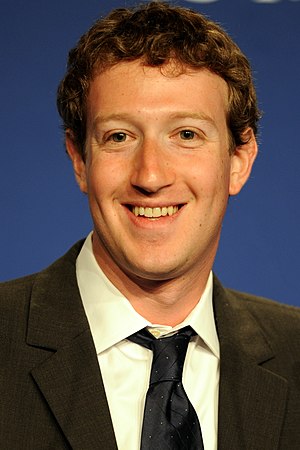People like you on Facebook. But you’re not the only one they care about. Other people, organizations, interests, and places have also convinced your organization’s friends and followers to hit the “like” button.
That’s a treasure trove of information for you about the audience you’ve already reached. How can you use it?
Facebook Search is Prospect Research in a Click
The next time you open Facebook, try searching for “Pages liked by people who like [your organization].”
Jon Loomer did. In fact, he narrowed it down to “Pages liked by Marketers from United States who are older than 25 and younger than 50 and like Jon Loomer Digital and Amy Porterfield and Mari Smith and Social Media Examiner“–just to show he could do it! But you should start with the pages that any of your followers have liked.
Run that search and Facebook will tell you:
- All the pages that your followers have liked, and who liked which page.
- How many people, total, like that page.
- Other pages that people who like a specific page also like.
- Which of your own friends liked that page (if you are using Facebook as an individual)
What Can I Do with That Information?
All very interesting, you say, but so what? I’m interested in who likes me. Why should I care who else my audience likes on Facebook?
Here are seven ways you can use that priceless information.
- Find out more about your prospects and donors. The next time you talk with Sarah Supporter, you might have a different conversation if you know she likes cooking than if she likes extreme sports.
- Signal what you have in common. Use the like button yourself to give a better picture of your organization. Jim Neighbor might like you better in real life if he knows you both care about the New England Patriots–or public radio–or craft fairs.
- Pick topics for your blog or social media. Let’s say a lot of your followers like Downton Abbey, and you run a community health center. Blog about “What Lady Sybil would say to our nurses.” Watch your likes, comments, and shares climb–because you are talking about something that interests your followers.
- Find the venue for your next event. If half your followers like a particular bookstore, won’t they be more likely to attend your event if you hold it there? You may draw a different crowd than you would if you held it at a church, or at a restaurant.
- Attract new friends from the same circles. Let’s say you build housing for the homeless. Many who like you also like a “dress for success” program that gives business clothes to job seekers. You can like that program, comment on its Facebook posts and share them occasionally. People will notice. Some will come check you out.
- Attract new friends from completely different circles. You notice that your Facebook friends are all white middle-aged women who live in a certain town and like Republican candidates. Is that really the only group that will support you? Discuss strategies to reach out to other demographics.
- Make your content more appealing. As much as Mark Zuckerberg would like it to be, Facebook is not your whole world. Do you send out newsletters? Update your website? Email your supporters? Ask them for money? Knowing what your supporters like on Facebook, you can tailor all your communications–online and off, and face to face–to what interests them. After all, you know their interests. They told you, and you found out.
Give it a try! Right now, open a new browser window, go to Facebook, and try searching for “Pages liked by people who like [your organization].” (Of course, you have to fill in the actual name of your organization!)
Then, please write a comment below. Let us all know what you found out, and how you are going to use it. I’ll bet there are at least seven more ways nonprofits can use Facebook search that I haven’t thought of. Share yours here.
